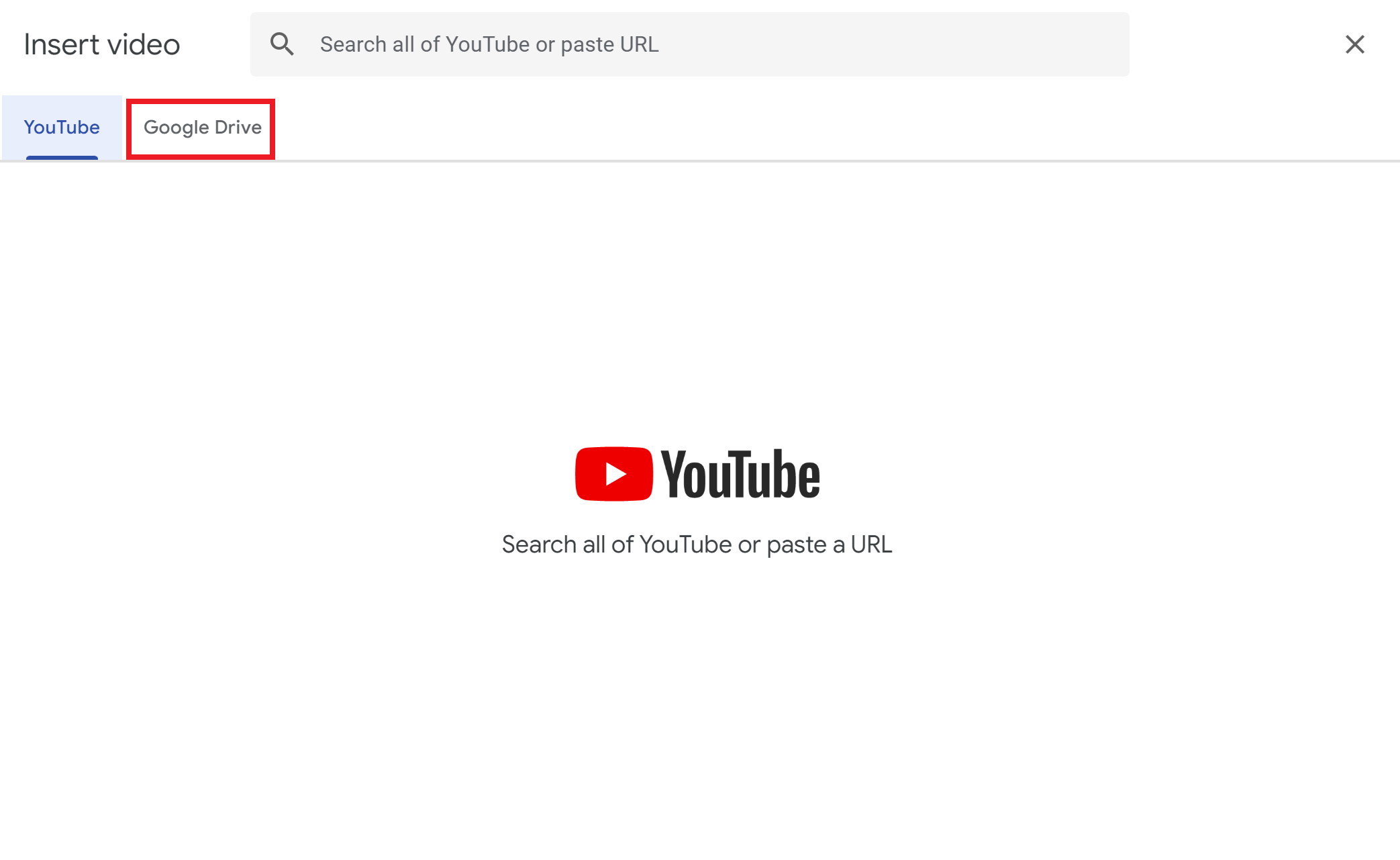How to Fix ‘Unable to Play Video Error 150’ in Google Slides?
The Unable to Play Video Error 150 occurs on Google Slides when attempting to play an embedded YouTube video. Users have reported that while the first video inserted often plays correctly, subsequent videos inserted into later slides may not. This issue is generally related to playback and can arise due to a variety of factors.
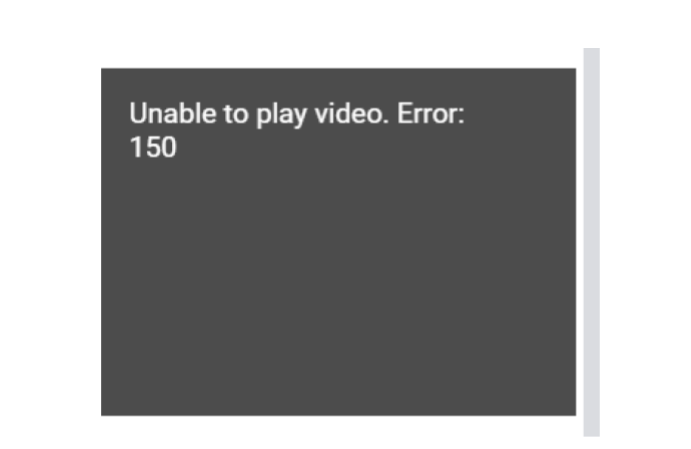
The primary cause of error code 150 is typically due to restrictions placed by the video creator or by your Google Admin. Other contributing factors to encountering this error code may include:
- DRM protection
- Unsupported video format
- Unstable internet connection
- Embedded video no longer available or removed
- Browser or server issues
- A glitch within Google Slides
Although it’s possible to open the problematic videos directly on YouTube, resolving Error 150 is essential for seamless presentations. Below are a few fixes and workarounds to ensure your presentation operates smoothly.
1. Check Internet Connection
Start by considering if it’s a temporary network issue. Refresh the page or check your internet speed. If network connectivity is poor, switch to another network or wait for stabilization.
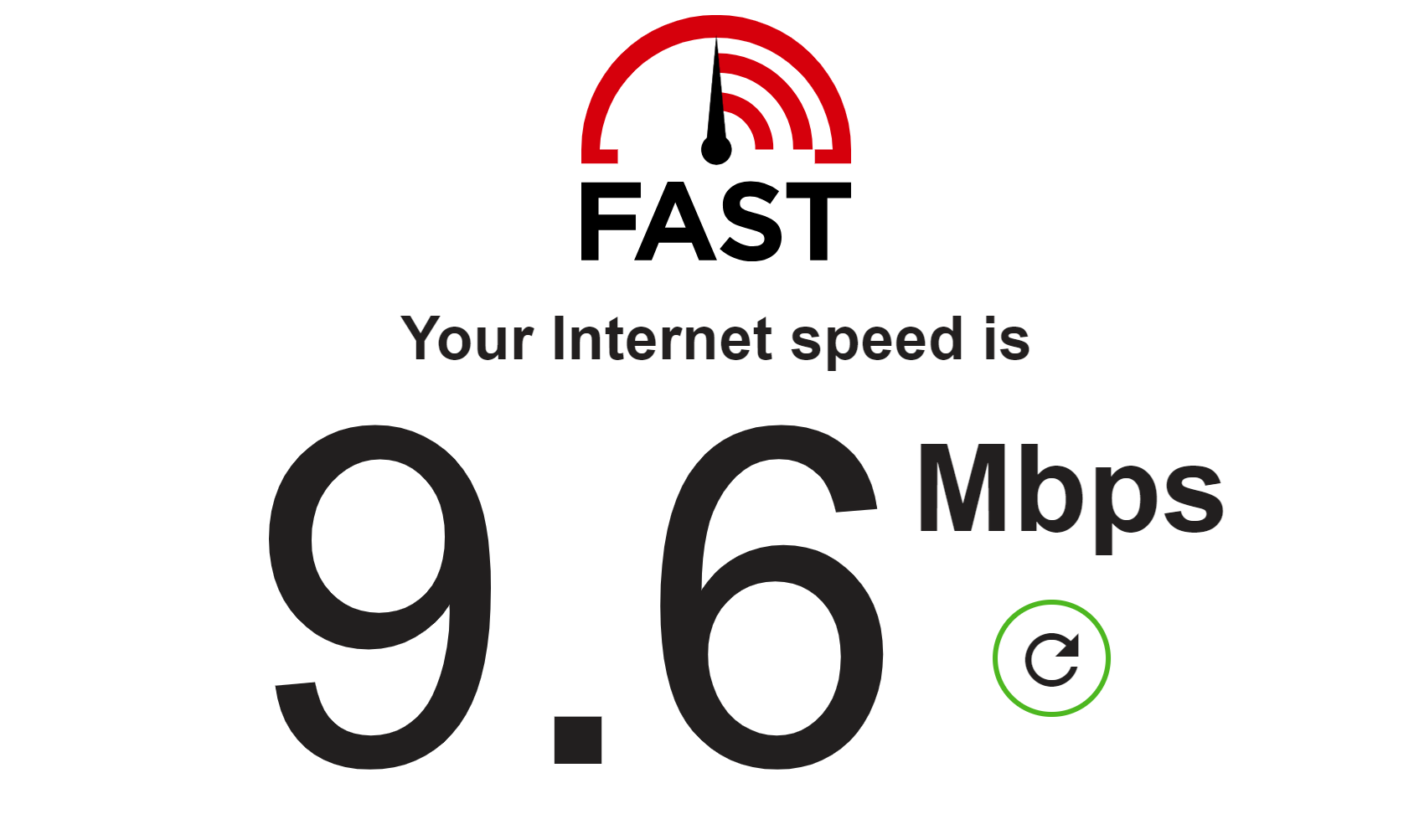
2. Ensure the Videos Are Still Publicly Available
Error 150 may occur if the video URL no longer exists due to deletion by the user or by YouTube for various reasons. Confirm the video remains available on YouTube before exploring further solutions. If the video is removed, you will not be able to play it unless you can contact the content creator.
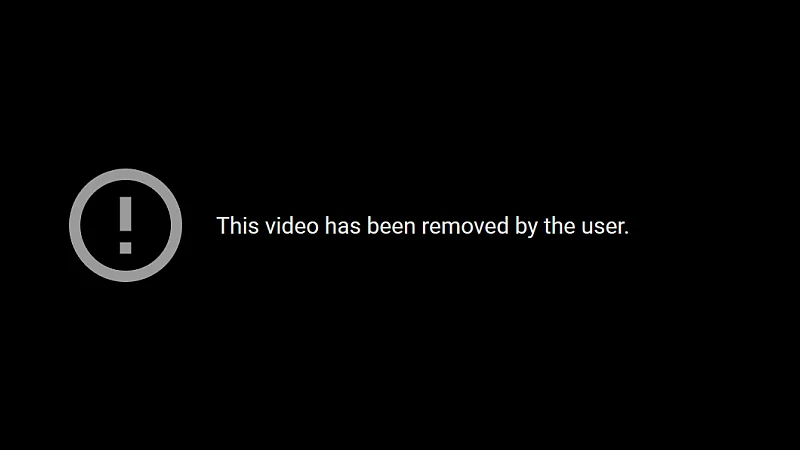
3. Disable VPN
Content restrictions placed by YouTubers or YouTube itself may block video access in certain regions. If you enabled a VPN after embedding videos and now face ‘Unable to Play Video Error 150’, try disabling the VPN to see if the issue resolves.
- Open the Settings app.
- Go to Network & Internet > VPN.
- In the VPN Connections section, select the desired VPN and click Disconnect.
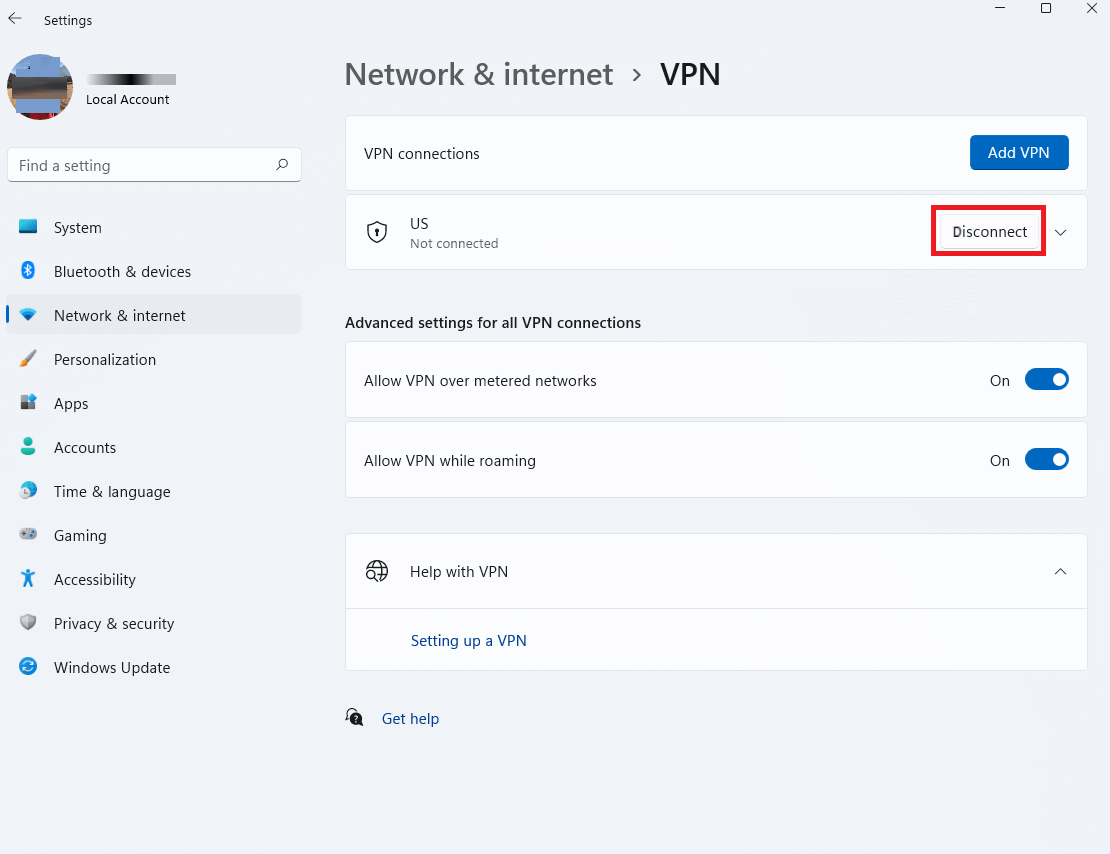
4. Request Video Embedding Permissions from the Creator
If embedding has been disabled in the video settings, this will result in Error 150. If you are the video owner or have contact with them, enabling embedding in the video settings is required.
- Login to your YouTube account.
- Access your profile.
- Choose YouTube Studio.
- Click on Content on the left pane.
- Locate the relevant video and click on the edit pencil icon next to it.
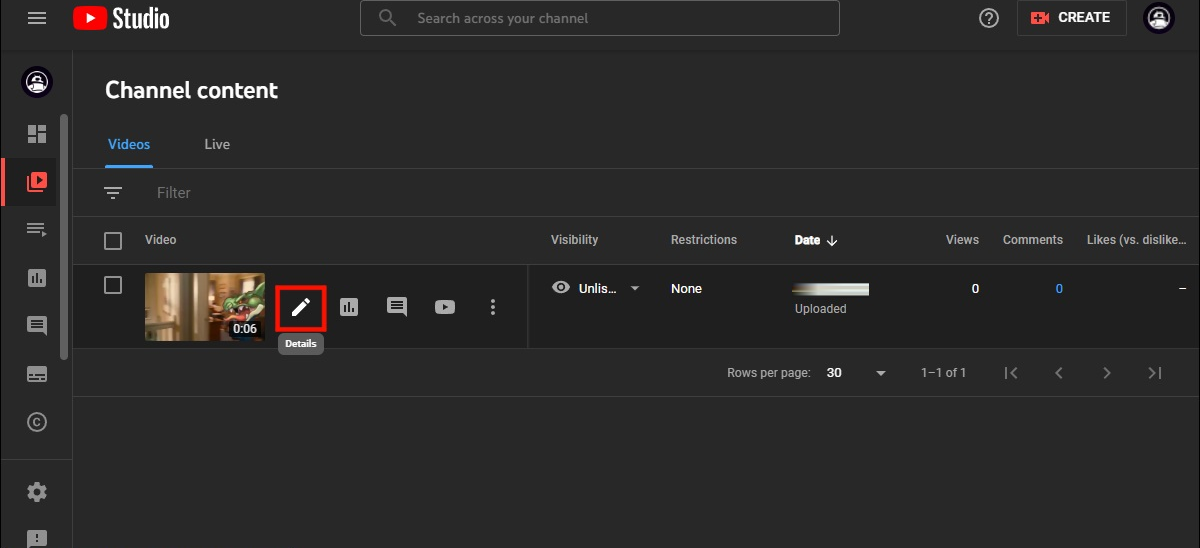
- Scroll down and click on Show more.
- At last, go to the License section and enable the Allow embedding option.
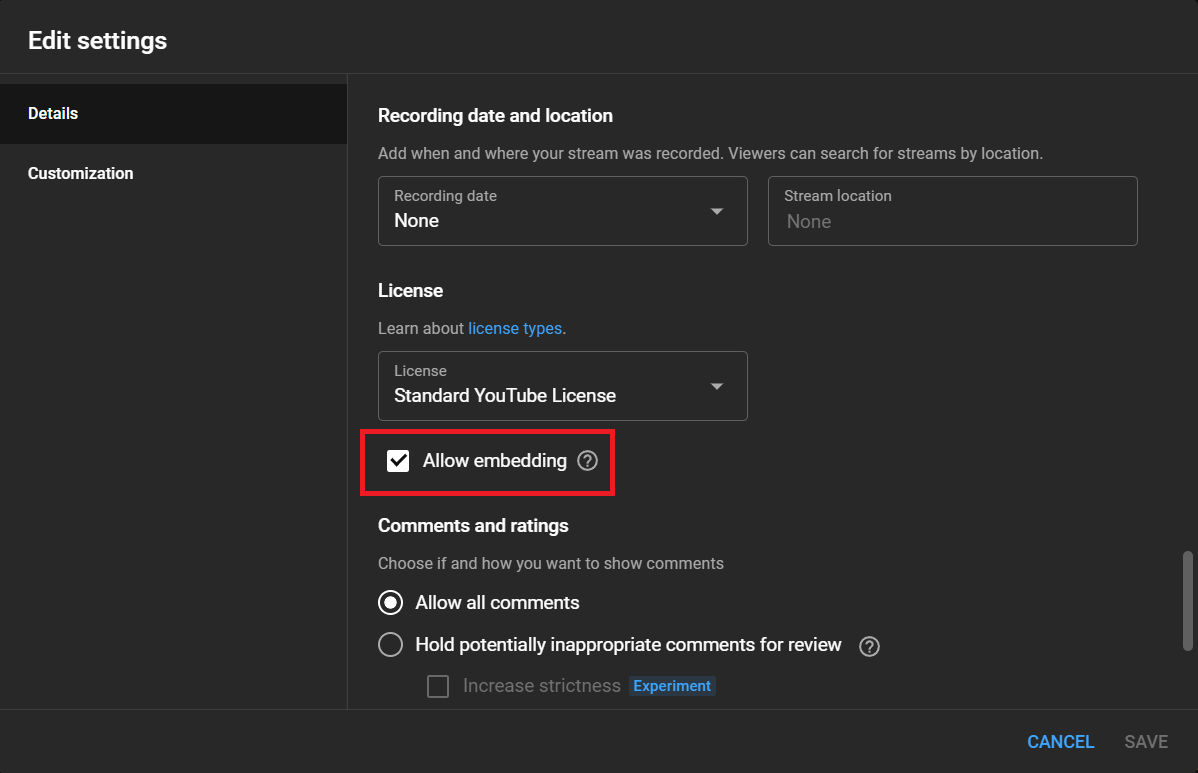
- Click Save.
5. Request Google Admin to Grant YouTube Access
Restricted YouTube access by your admin can prevent embedding if your Google account is part of an organization. The solution is to contact your Admin to amend these restrictions.
- Sign in to the Google Admin console with your admin account.
- Click the three horizontal bars icon and select Apps.
- Click on Additional Google Service.
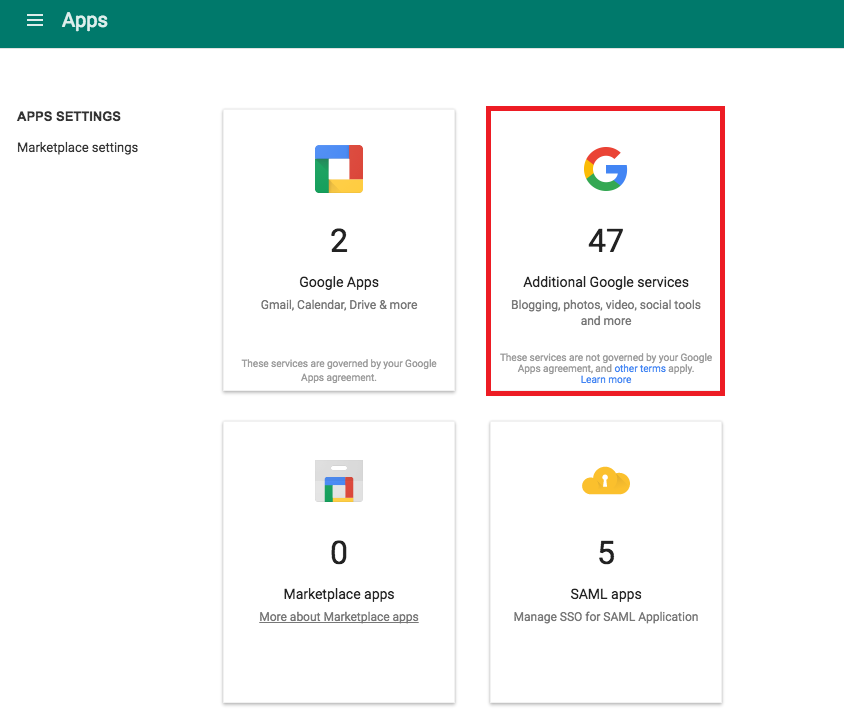
- Select YouTube and then Permissions.
- Choose an organizational unit and select Unrestricted YouTube access from the options.
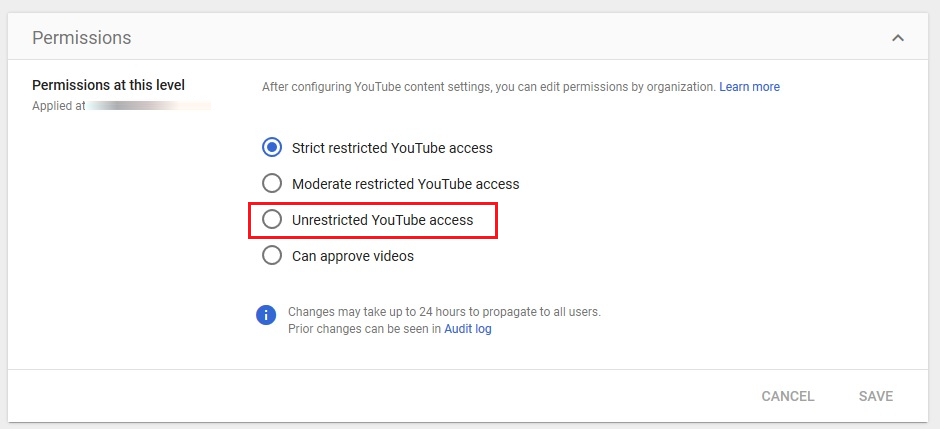
- Confirm by clicking the Save button.
6. Use Direct Video Links or Embed Code
If Error 150 persists, use direct links in your slides or the embed code instead of embedding the video manually. For the embed code, right-click on the YouTube video, select Copy Embed code, and use it to re-insert the video.
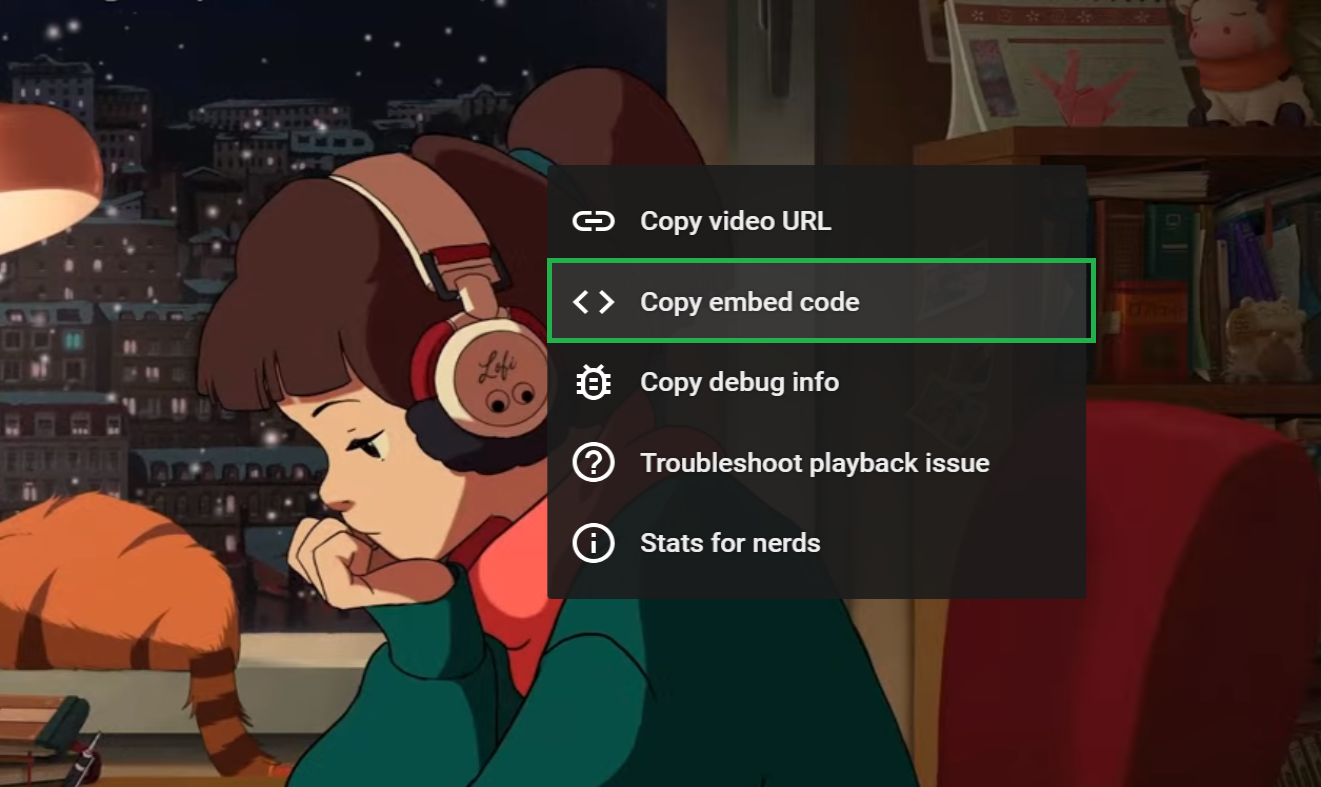
7. Add the Video from Google Drive
Since Error 150 exclusively affects YouTube-embedded videos, you can add videos directly to your presentation from Google Drive. Use online tools to download YouTube videos in MP4 format, upload them to Google Drive, and then embed them into Google Slides.
- Copy the YouTube video URL.
- Visit your chosen MP4 converter and paste the URL. Avoid clicking on redirected links, which are often ads.
- Navigate to Google Drive, sign in, and upload the downloaded video.
- In Google Slides, open the necessary presentation.
- Select the Insert > Video.
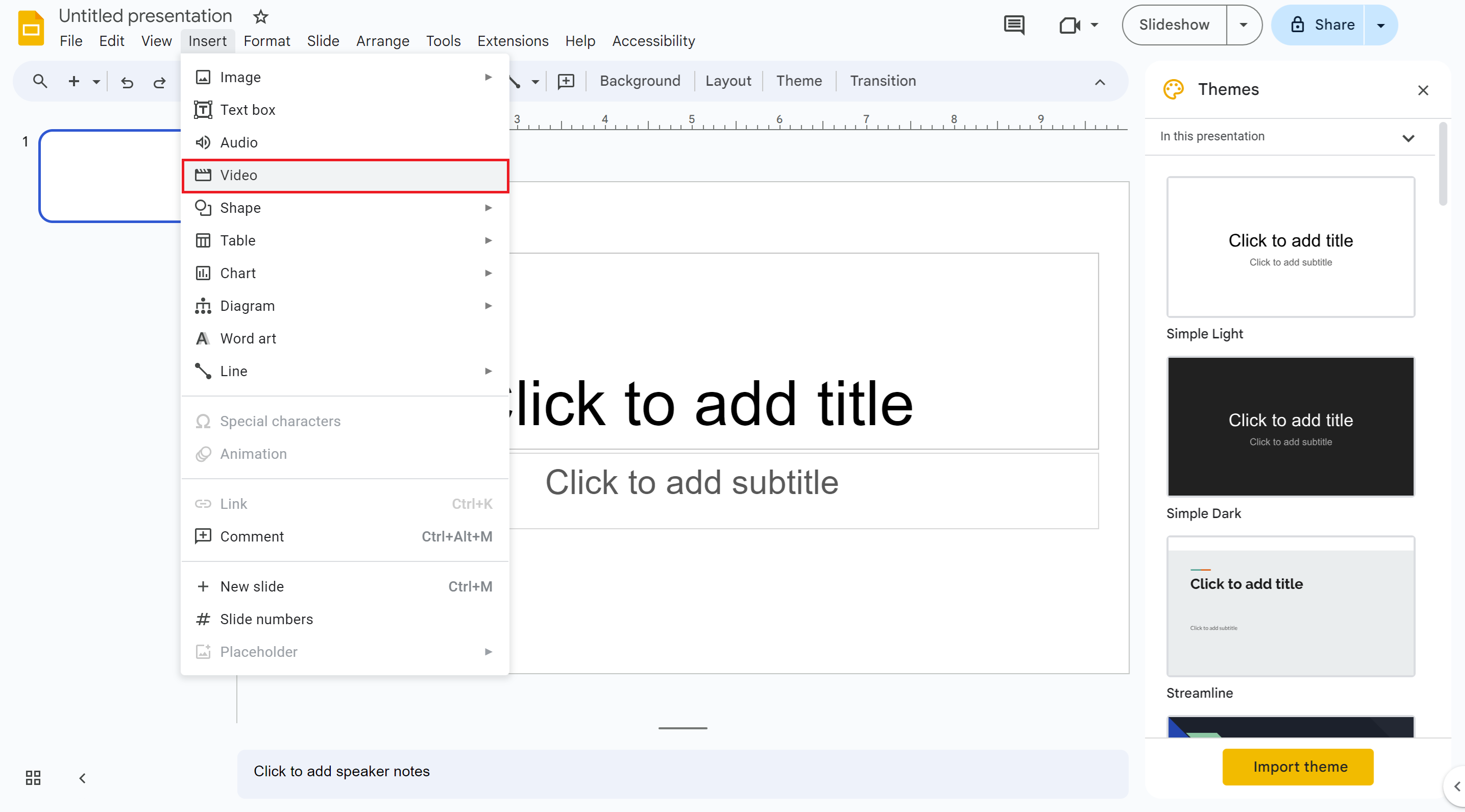
- Then choose Google Drive and add the video from there.
